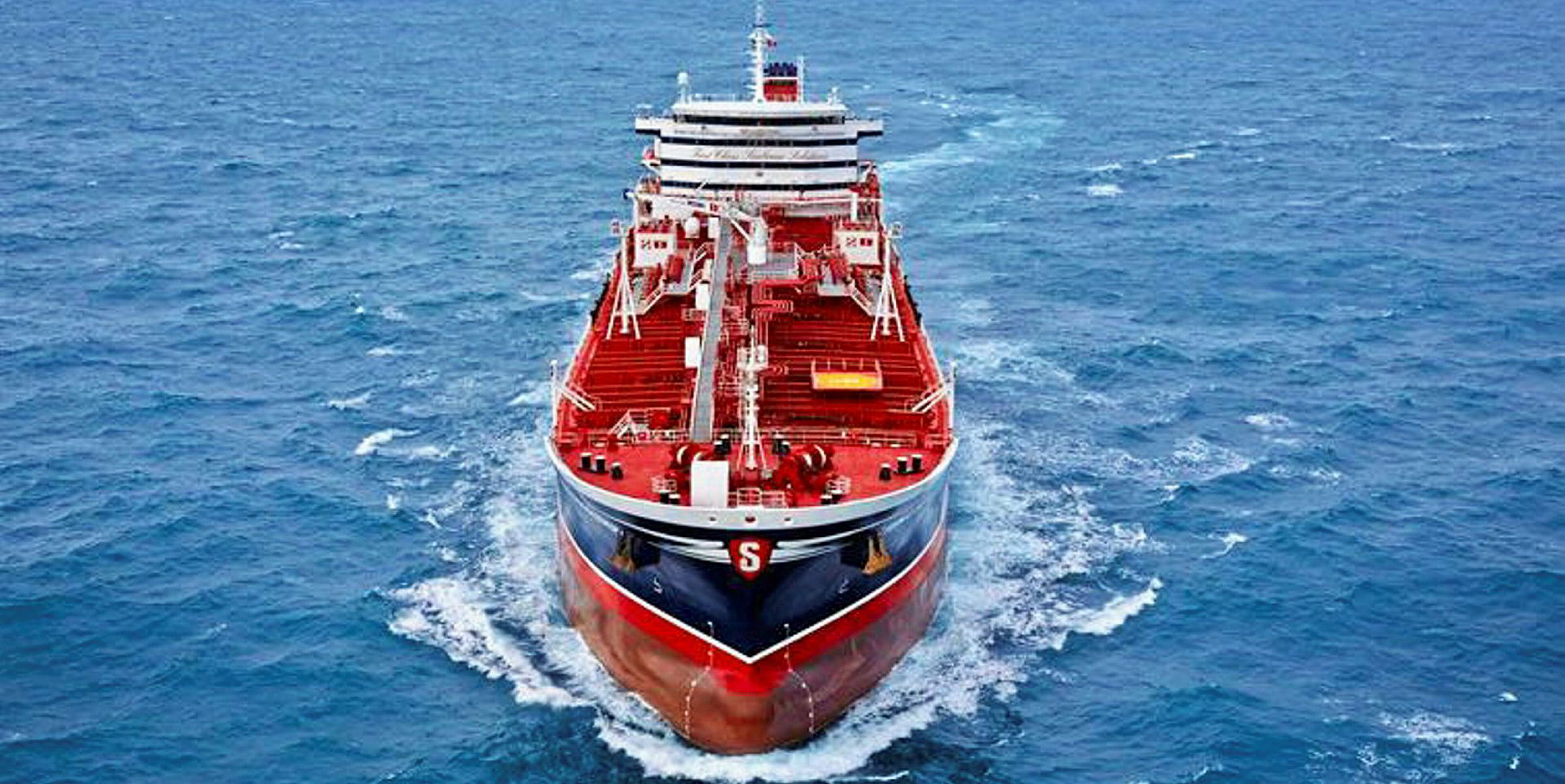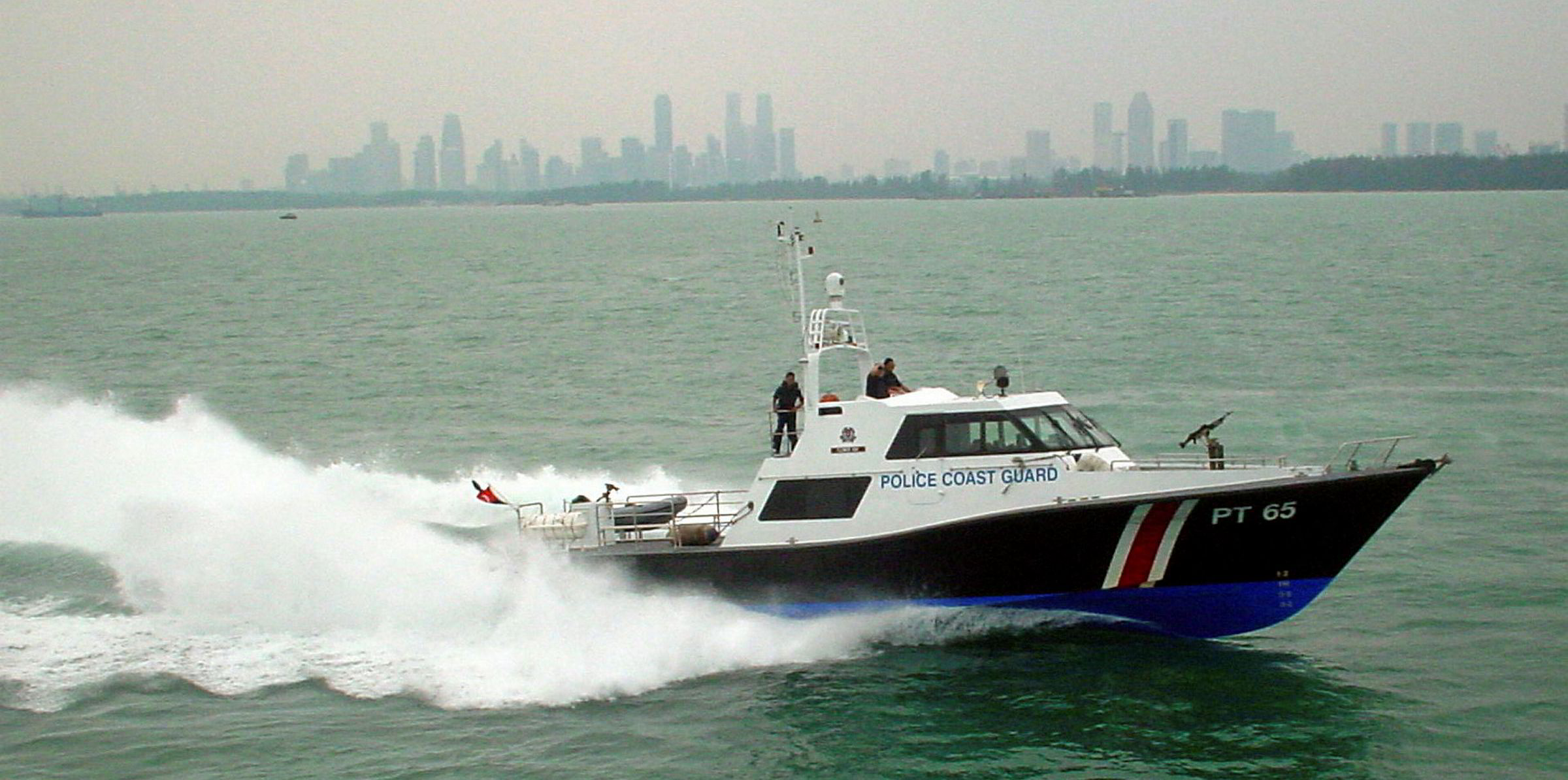The Singapore Strait accounted for the highest number of piracy incidents in Asia last year, according to figures released on Wednesday.
There were 31 reported actual incidents and 2 attempts incidents involving thieves boarding ships underway in the strait, the Singapore-based Regional Cooperation Agreement on Combating Piracy and Armed Robbery against Ships in Asia (ReCAAP) said.
Between January and August, thieves focused on tugs and barges in the Westbound lane of the Traffic Seperation Scheme (TSS). Their focus switched in September to larger commercial vessels in the Eastbound lane, with eight bulk carriers, four tankers and a VLCC among their targets.
The number of attacks spiked in December, when eight ships were targeted.
ReCaap revealed that the incidents continued into January. BP Shipping’s 46,000-dwt chemical and product tanker British Mariner (built 2016) was boarded on 8 January by two unarmed perpetrators. They quickly fled without any loot after they were spotted by the crew and the alarm was raised.
No further incidents have since been reported.
ReCAAP executive director executive director Masafumi Kuroki described the pirates as opportunists, pointing out that apart from one incident in which an engineer was punched in the face, the perpetrators fled the ships after they had been spotted.
“It is not the same situation as in the Sulu-Celebes Seas. They are not as violent or heavily armed,” he explained.
Some with kn
Most ships reporting incidents in the Singapore Strait said their attackers were either unarmed or had knives. Only one ship said that it had seen a pirate armed with a gun, which was not discharged.
Kuroki believed that the pirates were trying to steal engine spares, which command a high price on the black market.
Despite the large number of attacks, he said that the pirates have so far not made off with much in the way of plunder. They managed to steal and undisclosed amount of engine parts in only two cases, and scrap steel was stolen in another two cases. Other than that, all the pirates managed to make off with was a gold chain, a few twist-locks and some rope.
Asked why he thought there had been the sudden spike on incidents in the Singapore Strait, Kuroki said that lower enforcement and complacency may be to blame.
There were 99 incidents in the strait in 2015, but the number dropped to two the following year after Indonesian police arrested several pirate kingpins.
“Arresting the perpetrators is always the best deterrent,” Kuroki explained.
Kuroki said that the Singaporean and Malaysian authorities have heeded ReCAAP’s call for increased patrols, and suggested that ships be more vigilant, especially at night.
“Enhancing surveillance is the best method of protection. It is better to prevent perpetrators from boarding than to tackle them when on board,” said Kuroki.
“These incidents are opportunistic in nature. What we are asking is that ships be more vigilant and be aware of their surroundings, especially if they see small boats approaching,” added Lee Yin Mui, ReCAAP’s assistant director of research.
Despite the increase in attacks in the Singapore Strait, 2019 was a positive year overall on the piracy front in Asia.
The total number of 82 incidents in the region, including 71 actual incidents, was the second lowest in terms of numbers since ReCAAP first started tabulating incidents in 2007.
Indonesian troubles
Indonesia remained an area of concern with 23 reported theft and robbery incidents, while Malaysia saw five similar attacks on ships anchored in international waters off Bandar Penawar in the South China Sea.
Improvements were noted in Bangladesh, where the number of incidents dropped to zero, while the number of crew kidnappings cases in the Sulu-Celebes Seas fell to just two incidents involving small fishing boats.
“Everyone is talking about the Singapore Strait, but I am very happy that the situation in the Sulu-Celebes Seas has very much improved,” Kuroki concluded.








